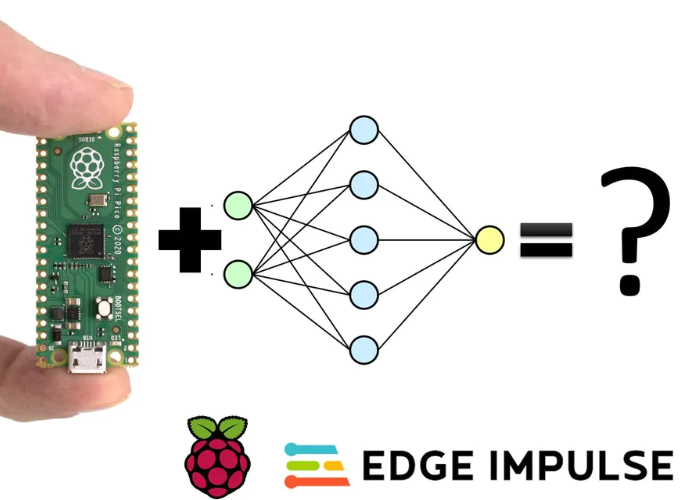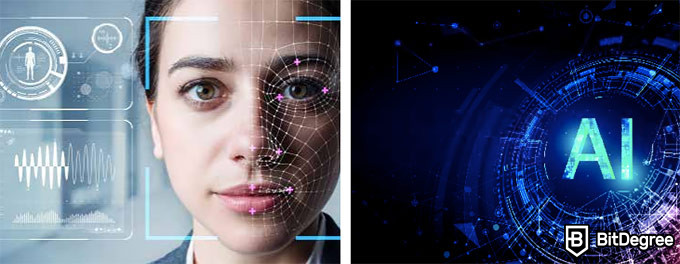
If you're interested to learn more about the development of technology, this timeline provides a great starting point. These timelines include everything, from early tools to coin-operated vending machines. This timeline will help you find the information you need, from hammers and chisels all the way to computers and TV. You should also take a look through our articles and A to Z index before diving into the history technology.
Early tools
Early humans began making simple stones tools in eastern Africa about 2.6 million year ago. These tools are likely to have been made of sticks or natural stone. This technology is called "Mode 1". Oldowan tools were created by smashing a lava cobblestone using a hammerstone. Then, you scraped out the core rock fragments. You could use the rock fragments to make many tools including cores and chisels, scrapers and scrapers, as well as blades and chisels.

Computers in the early days
Computer evolution has gone through several phases. Computers were originally created for defense and scientific research. As technology progressed, there was a market for consumer computers. UNIVAC was first personal computer commercially available. This was delivered to U.S. Census Bureau, in 1959. It was also the first computer that featured a color display. With over 4 million sold, the Apple II was the best-selling trinity computer in the world.
Television in the early days
Scientists began to work on transmitting moving images through the air in the 1880s. One of the earliest attempts involved the chemical element, selenium. Selenium can change its ability conduct electricity to transform moving images in electrical impulses. Unfortunately, because of its slow response times, selenium wasn't able to transmit moving pictures. The television was eventually invented, and the first years of television were bright in technology.
Early coin-operated vending machines
Hero of Alexandria, a mathematician, engineer and inventor, invented the first coin-operated vending machines in 215 BC. It was a machine that provided holy water. Users could drop coins into the pan attached to the lever. The lever was pulled by the coin's weight, which released the water flow. This technology was not widely used until 16th-century England, when brass-made vending machine appeared. Richard Carlile sold banned books through a vending machine in the 17th century.
Fax machines in their early days
The earliest fax machine wasn't very sophisticated and didn't have many features. It was developed by Alexander Bin who used elements of an electric clock in order to create a facsimile apparatus. The device was able to scan line by line messages. Japanese companies joined the US market in 1864. The market grew from 30,000 fax machines to 300,000. Many people worried that fax technology was going to disappear due to the rapid growth of the internet. However fax technology is still being used by Fortune 500 corporations, the healthcare industry and many other organizations.

Touch screen in the early stages
CERN engineers developed the first touch screen in the 1970s. CERN engineers developed the first prototype of the touch screen using electrodes that changed resistance as a finger touched it. A machine then made a decision based on these changes. The commercial availability of touchscreens was not until the 1980s. The first touch-screen computer, the HP-150, had a nine-inch CRT screen with infrared detectors.
FAQ
What is the role of AI?
An artificial neural networks is made up many simple processors called neuron. Each neuron processes inputs from others neurons using mathematical operations.
Layers are how neurons are organized. Each layer serves a different purpose. The first layer receives raw information like images and sounds. It then passes this data on to the second layer, which continues processing them. The last layer finally produces an output.
Each neuron has a weighting value associated with it. This value is multiplied each time new input arrives to add it to the weighted total of all previous values. If the number is greater than zero then the neuron activates. It sends a signal along the line to the next neurons telling them what they should do.
This continues until the network's end, when the final results are achieved.
AI: What is it used for?
Artificial intelligence, a field of computer science, deals with the simulation and manipulation of intelligent behavior in practical applications like robotics, natural language processing, gaming, and so on.
AI is also called machine learning. Machine learning is the study on how machines learn from their environment without any explicitly programmed rules.
There are two main reasons why AI is used:
-
To make life easier.
-
To accomplish things more effectively than we could ever do them ourselves.
Self-driving cars is a good example. AI can take the place of a driver.
What are the benefits of AI?
Artificial Intelligence is a revolutionary technology that could forever change the way we live. It is revolutionizing healthcare, finance, and other industries. It's also predicted to have profound impact on education and government services by 2020.
AI is already being used to solve problems in areas such as medicine, transportation, energy, security, and manufacturing. The possibilities of AI are limitless as new applications become available.
What is it that makes it so unique? It learns. Computers can learn, and they don't need any training. Instead of teaching them, they simply observe patterns in the world and then apply those learned skills when needed.
AI is distinguished from other types of software by its ability to quickly learn. Computers can process millions of pages of text per second. They can instantly translate foreign languages and recognize faces.
And because AI doesn't require human intervention, it can complete tasks much faster than humans. In fact, it can even outperform us in certain situations.
A chatbot called Eugene Goostman was developed by researchers in 2017. It fooled many people into believing it was Vladimir Putin.
This proves that AI can be convincing. Another advantage of AI is its adaptability. It can also be trained to perform tasks quickly and efficiently.
This means that companies do not have to spend a lot of money on IT infrastructure or employ large numbers of people.
What countries are the leaders in AI today?
China has the largest global Artificial Intelligence Market with more that $2 billion in revenue. China's AI industry is led in part by Baidu, Tencent Holdings Ltd. and Tencent Holdings Ltd. as well as Huawei Technologies Co. Ltd. and Xiaomi Technology Inc.
China's government invests heavily in AI development. Many research centers have been set up by the Chinese government to improve AI capabilities. These include the National Laboratory of Pattern Recognition, the State Key Lab of Virtual Reality Technology and Systems, and the State Key Laboratory of Software Development Environment.
China is home to many of the biggest companies around the globe, such as Baidu, Tencent, Tencent, Baidu, and Xiaomi. All these companies are active in developing their own AI strategies.
India is another country making progress in the field of AI and related technologies. India's government is currently focusing their efforts on creating an AI ecosystem.
Is Alexa an Artificial Intelligence?
The answer is yes. But not quite yet.
Amazon's Alexa voice service is cloud-based. It allows users interact with devices by speaking.
The technology behind Alexa was first released as part of the Echo smart speaker. Since then, many companies have created their own versions using similar technologies.
Some examples include Google Home (Apple's Siri), and Microsoft's Cortana.
Statistics
- The company's AI team trained an image recognition model to 85 percent accuracy using billions of public Instagram photos tagged with hashtags. (builtin.com)
- Additionally, keeping in mind the current crisis, the AI is designed in a manner where it reduces the carbon footprint by 20-40%. (analyticsinsight.net)
- By using BrainBox AI, commercial buildings can reduce total energy costs by 25% and improves occupant comfort by 60%. (analyticsinsight.net)
- According to the company's website, more than 800 financial firms use AlphaSense, including some Fortune 500 corporations. (builtin.com)
- That's as many of us that have been in that AI space would say, it's about 70 or 80 percent of the work. (finra.org)
External Links
How To
How to make an AI program simple
It is necessary to learn how to code to create simple AI programs. There are many programming languages to choose from, but Python is our preferred choice because of its simplicity and the abundance of online resources, like YouTube videos, courses and tutorials.
Here's a quick tutorial on how to set up a basic project called 'Hello World'.
To begin, you will need to open another file. This can be done using Ctrl+N (Windows) or Command+N (Macs).
Then type hello world into the box. Press Enter to save the file.
For the program to run, press F5
The program should show Hello World!
This is just the start. These tutorials will show you how to create more complex programs.